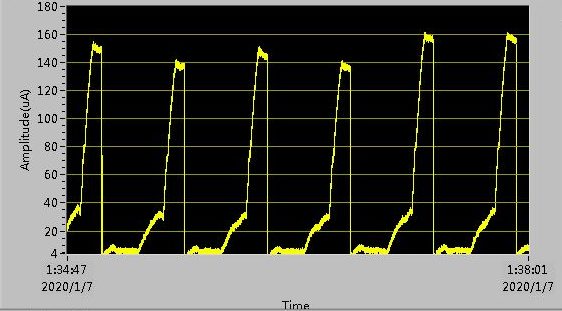A New Operation Mode of HIRFL Tested Successfully
On January 7, the Heavy Ion Research Facility in Lanzhou (HIRFL) provided the Bi55+ beam for users by the combination of three different types of accelerators.
This is the first attempt in the world to provide heavy ion beams with combined accelerators of linac, cyclotron and synchrotron.
In this operation mode, the normal conducting linac accelerator (SSC-Linac) provided the Bi32+ beam at the energy of 0.58MeV/u, which was used as the injector of the Separator Sector Cyclotron (SSC). It was then accelerated up to 5.98MeV/u by SSC and passed through a carbon foil at the downstream beamline to strip electrons. Finally, the Bi55+ beam was injected in the main cooling storage ring (CSRm) and accelerated up to the energy of 320 MeV/u.
By the new operation mode, it is possible to obtain highly-charged heavy ion beams with the energy higher than other modes operated previously. In addition, the Sector Focusing Cyclotron (SFC) can be operated independently to provide beams for other experimental terminals with low energy.
The new operation mode will greatly improved the efficiency and capacity of HIRFL.

The beam current of CSRm-DCCT (Image by IMP)
Contact :
LIU Fang
Institute of Modern Physics
Email: fangliu@impcas.ac.cn
Reference
A new study sheds light on nuclear reaction production mechanisms of 94Tc nucleus
Scientists from the Institute of Modern Physics (IMP) of the Chinese Academy of Sciences, University of Surrey of UK, and Universidade Federal Fluminense of Brazil have lately made new progress in the study of the production of 94Tc nucleus. The study extends information on the reaction mechanisms and production of 94Tc, a biologically important nucleus.



 甘公网安备 62010202000713号
甘公网安备 62010202000713号


